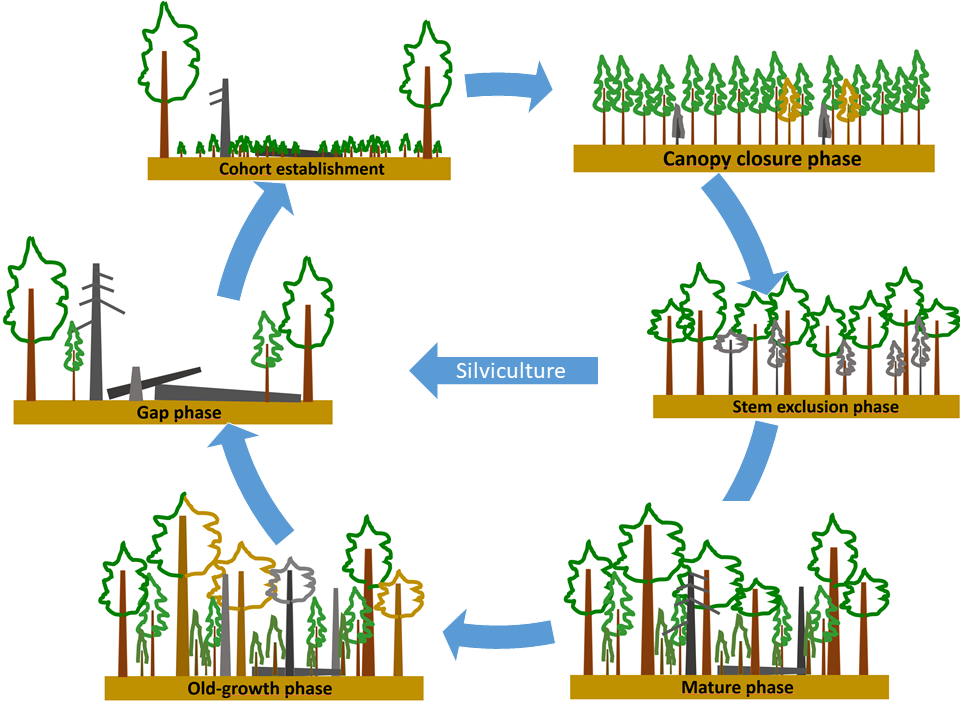Why do we need old growth forests?
OLYMPUS DIGITAL CAMERA
As a result of centuries of logging, firewood gathering and livestock farming, forests in the Mediterranean area, and over a large part of the rest of Europe are mostly young and uniform masses. The characteristic features of maturity are mostly scare or practically absent. Therefore, 80% of forest habitats of Community interest are currently in poor conservation conditions. The situation in the Mediterranean area is more worrying, if we consider its extended history of uses and extreme vulnerability to the effects of climate change.
Mature stands are those fragments of forest that have remained untouched by human intervention, following their own natural evolution process.
Mature stands acquire unique features in the ageing process:
Very big and very old trees that offer shelter for hundreds of species of fungi and lichens, as well as birds, bats and insects.
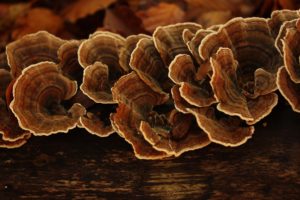
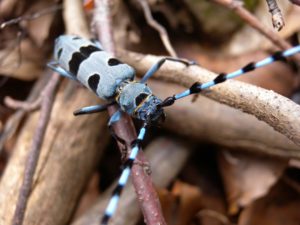
Forest gaps caused by minor disturbances (such as collapse of big trees) that enable regeneration.
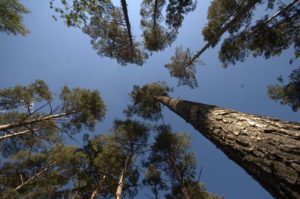
Deadwood, standing and lying on the ground that builds a habitat of multitude of species specialised in decomposing wood.
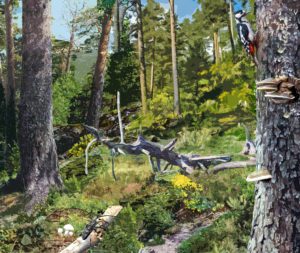
Trees of different sizes and a variety of species that form a more complete and varied ecosystem which is more resistant to alterations due to climate change.
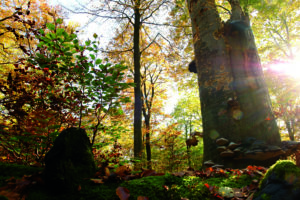
To learn more about the characteristics of mature forests read the FAQ provided by LIFE RedBosques.
The endless cycle of a forest – How mature stands are formed
A forest lifespan can be viewed as an endless cycle from the establishment of the first seedlings, with their subsequent growth and the canopy gradually closing over, to the death and collapse of the oldest trees, opening gaps where it all begins anew. The full cycle may take several centuries, and suffer alterations from events such as forest fires or other major disturbances. This cycle is artificially shortened by silviculture, keeping the forests at its more juvenile phases.
A new forestry management approach is needed
In order to improve the maturity conditions a new forestry management approach, geared toward conservation, is needed. These new management strategies should give priority to the protection of mature stands and the promotion of the scarcest or currently non-existent features of maturity (such as deadwood, heterogeneity, species diversity, etc.). In other types of forests, oriented toward production rather than biodiversity, silviculture may also be used to boost forest maturity, so that harvesting forest resources can be compatible with higher levels of biodiversity.
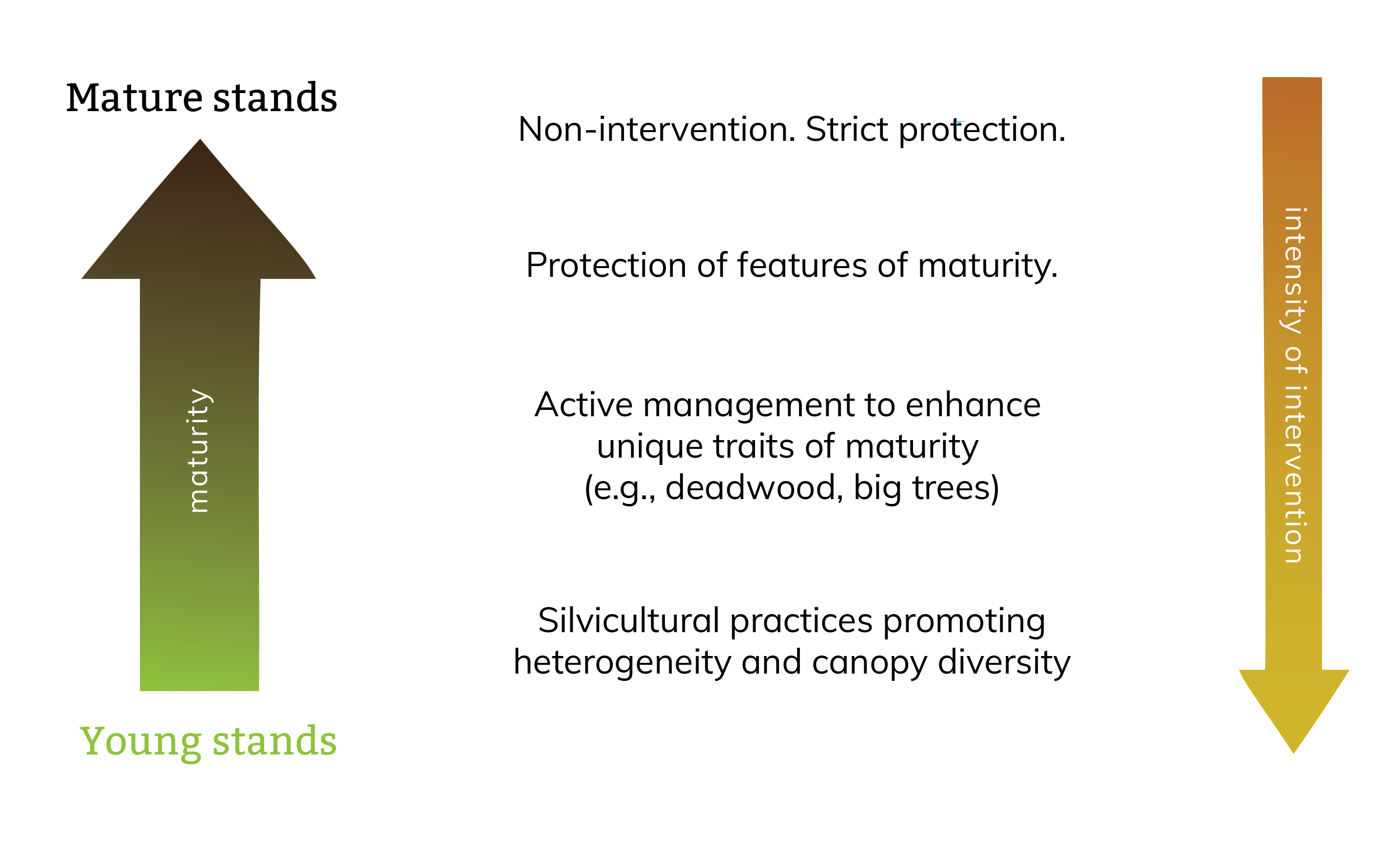
Preventive management is strongly recommended in case of high levels of maturity and low or absent land uses. In some cases, active management actions should be directed to emulate nature by recreating natural events such as lightings and strong winds which would produce the fall down of trees and breaking of branches eventually leaving wood debris on the soil.
